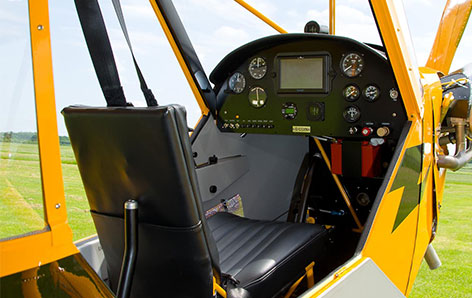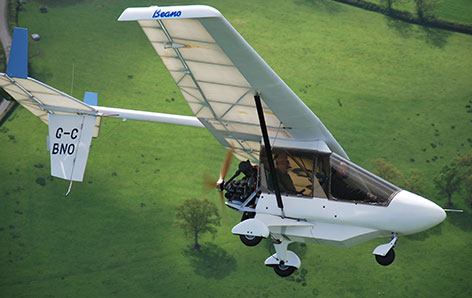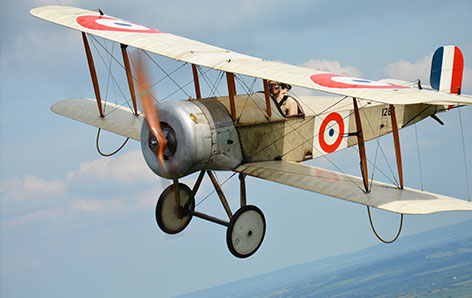Familiarisation Training
Before flying any type or variant of aircraft which you’ve not flown before, within the Single-Engine Piston (SEP) class, you must complete "Familiarisation Training". This is the correct modern terminology for what would previously be described as being "Checked Out" on a new type.
"Familiarisation Training" requires the acquisition of additional knowledge, either through self-study of appropriate material about the aircraft such as the Pilot Operating Handbook, Pilot’s notes, etc, training with a suitably qualified instructor, or, particularly in the case of a single seat aircraft, a verbal brief from a pilot already familiar with the type.
With multi seat aircraft, while it may be helpful to fly with another pilot already familiar with the type, pilots should note that only qualified instructors are authorised to provide training, including familiarisation training and this could lead to difficulties if an accident were to occur that was supervised by any pilot other than a qualified instructor.
In addition, when first transitioning to flying types or variants of aircraft which include various specific more demanding or unusual features, that he or she has not previously experienced as pilot in command, a pilot must also have differences training with a qualified instructor to teach them to safely deal with the feature or features concerned.
Whilst differences training with an instructor is mandatory, we also recommend you include ground and flight training with an instructor as part of your familiarisation training.



